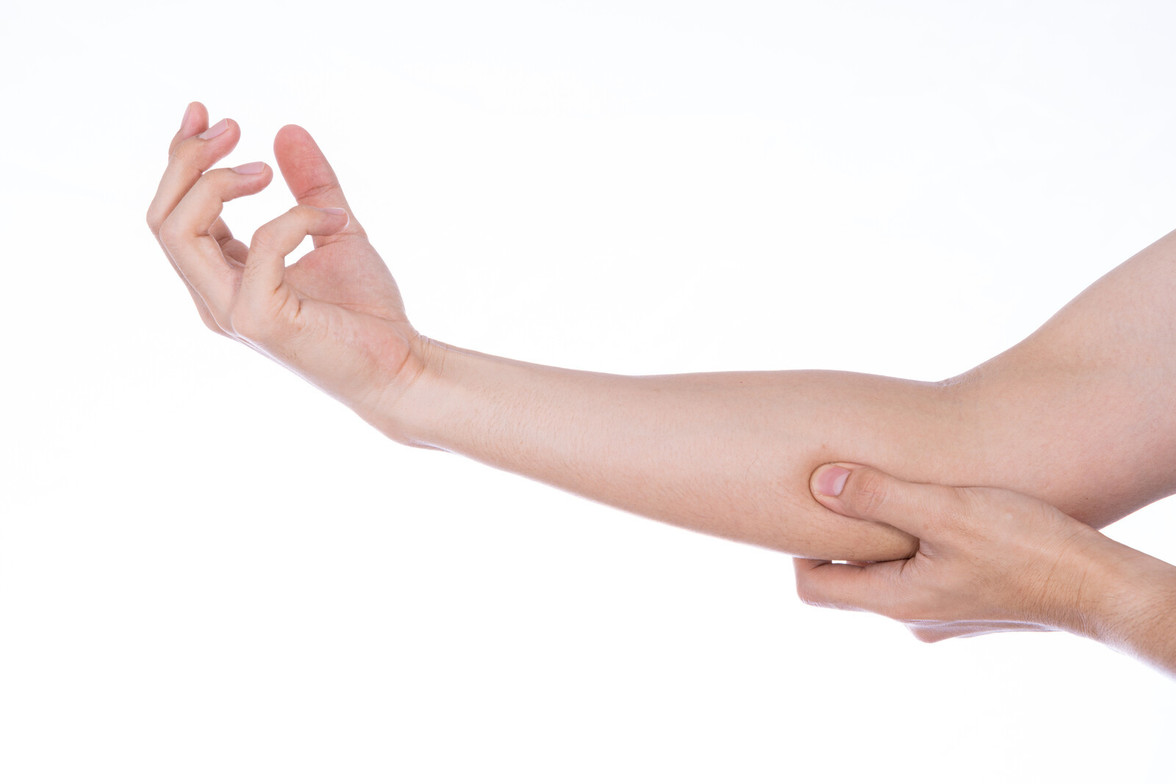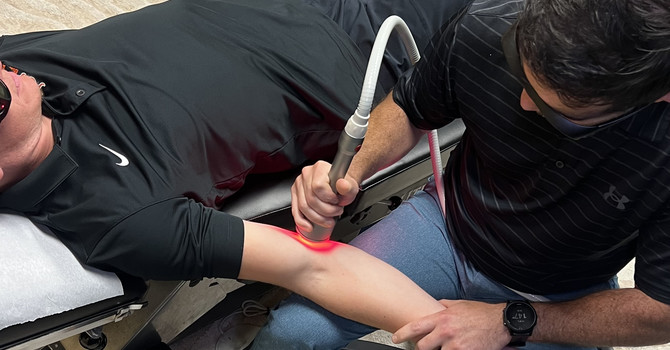
The ulnar nerve is the second most commonly entrapped nerve in the body (with the median nerve being the most common). Ulnar nerve entrapment, sometimes called ulnar neuropathy, happens when this nerve becomes irritated or compressed along its pathway from the shoulder to the hand.
While traumatic injury can cause ulnar nerve issues, the problem often develops from repetitive compression or prolonged positioning—such as leaning on the elbows or wrists for extended periods, or keeping the elbows bent for long durations (like while sleeping or holding a phone).
Common Symptoms of Ulnar Nerve Entrapment
Ulnar nerve compression can cause:
- Pain, weakness, or cramping in the hand or forearm
- Numbness or tingling along the inside of the forearm
- Sensory changes in the pinky finger and part of the ring finger
- Difficulty with grip strength or fine motor tasks
If symptoms are ignored, the condition can progress, leading to more persistent weakness or loss of hand coordination.
Where the Ulnar Nerve Can Become Trapped
The ulnar nerve originates from the brachial plexus in the neck and travels down the inside of the arm into the hand. Along this path, there are several common entrapment sites:
- Cubital Tunnel (Elbow) – The most common location for compression. The cubital tunnel is a small space on the inside of the elbow, where the nerve passes between the two heads of the flexor carpi ulnaris muscle. Compression here is called cubital tunnel syndrome—this is also the spot that creates the familiar “funny bone” sensation when bumped.
- Tunnel of Guyon (Wrist) – Less common, but still a possible compression site. The ulnar nerve passes through this tunnel near the wrist. Entrapment here can cause hand weakness and tingling, but the symptom pattern is different from carpal tunnel syndrome, which affects the median nerve.
- Neck and Shoulder Regions – Tightness, postural imbalances, or soft tissue restrictions in the neck and upper shoulder can mimic or contribute to ulnar nerve symptoms, even without direct compression at the elbow or wrist.
Treatment & Prevention
Treatment for ulnar nerve entrapment may include:
- Activity modification to avoid prolonged elbow flexion or leaning on the elbows/wrists
- Posture correction and ergonomic adjustments
- Soft tissue therapy to relieve muscle tension around the nerve
- Nerve gliding exercises to promote mobility
- In severe cases, surgical decompression may be considered
Early evaluation is key—catching cubital tunnel syndrome or ulnar nerve compression early can prevent permanent nerve damage.
.jpg)
.jpg)



